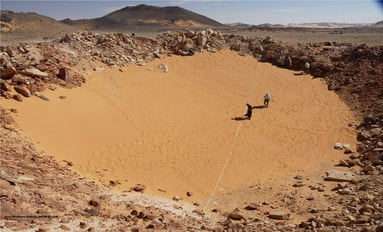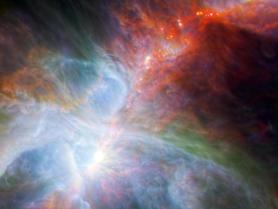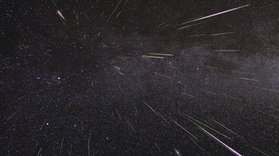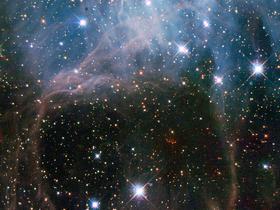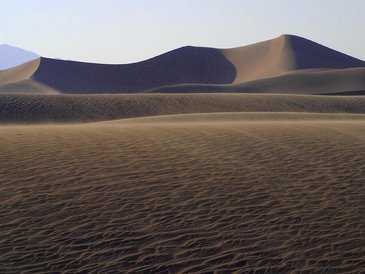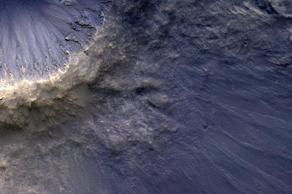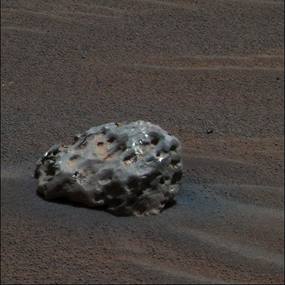- Home
- Contact
- Delivery Information
- SALE ITEMS
-
Categories
- AGATE
- Ammonites
- Amethyst
- Crystals & Minerals
- Amber & Copal
- BELEMNITES
- Bird Fossils
- Bismuth
- Bivalves
- Bulk Fossils
- Coprolites (Dung)
- CORALS & BRACHIOPODS
- Crinoids
- Crustaceans
- CRYSTAL CARVINGS
- Dinosaur Fossils
- Display Stands
- ECHINOIDS
- Fossil Fishes
- Fossil Stoneware
- Flints & Arrowheads
- GASTROPODS
- Graptolite Fossils
- Insect fossils
- Mammal Fossils
- Mammoth Hair & Tusk
- Mammoth Teeth
- Marine Reptile fossils
- Meteorites
- Tektites & Libyan Glass
- NAULTILUS FOSSILS
- Plant Fossils
- PTEROSAUR TEETH
- Reptile Fossils
- SHARK FOSSILS
- STARFISH FOSSILS
- STROMATOLITES
- SPONGE FOSSILS
- TRILOBITES
- Turtle Fossils
- Menu
- Home
- Contact
- Delivery Information
- SALE ITEMS
-
Categories
- AGATE
- Ammonites
- Amethyst
- Crystals & Minerals
- Amber & Copal
- BELEMNITES
- Bird Fossils
- Bismuth
- Bivalves
- Bulk Fossils
- Coprolites (Dung)
- CORALS & BRACHIOPODS
- Crinoids
- Crustaceans
- CRYSTAL CARVINGS
- Dinosaur Fossils
- Display Stands
- ECHINOIDS
- Fossil Fishes
- Fossil Stoneware
- Flints & Arrowheads
- GASTROPODS
- Graptolite Fossils
- Insect fossils
- Mammal Fossils
- Mammoth Hair & Tusk
- Mammoth Teeth
- Marine Reptile fossils
- Meteorites
- Tektites & Libyan Glass
- NAULTILUS FOSSILS
- Plant Fossils
- PTEROSAUR TEETH
- Reptile Fossils
- SHARK FOSSILS
- STARFISH FOSSILS
- STROMATOLITES
- SPONGE FOSSILS
- TRILOBITES
- Turtle Fossils
- Menu
Information |
Our Company |
© COPYRIGHT 2020- ALL RIGHTS RESERVED.
Our pledge to be honest people and friends, by Grace through Faith. 1 Cor 15: 1-4 |

